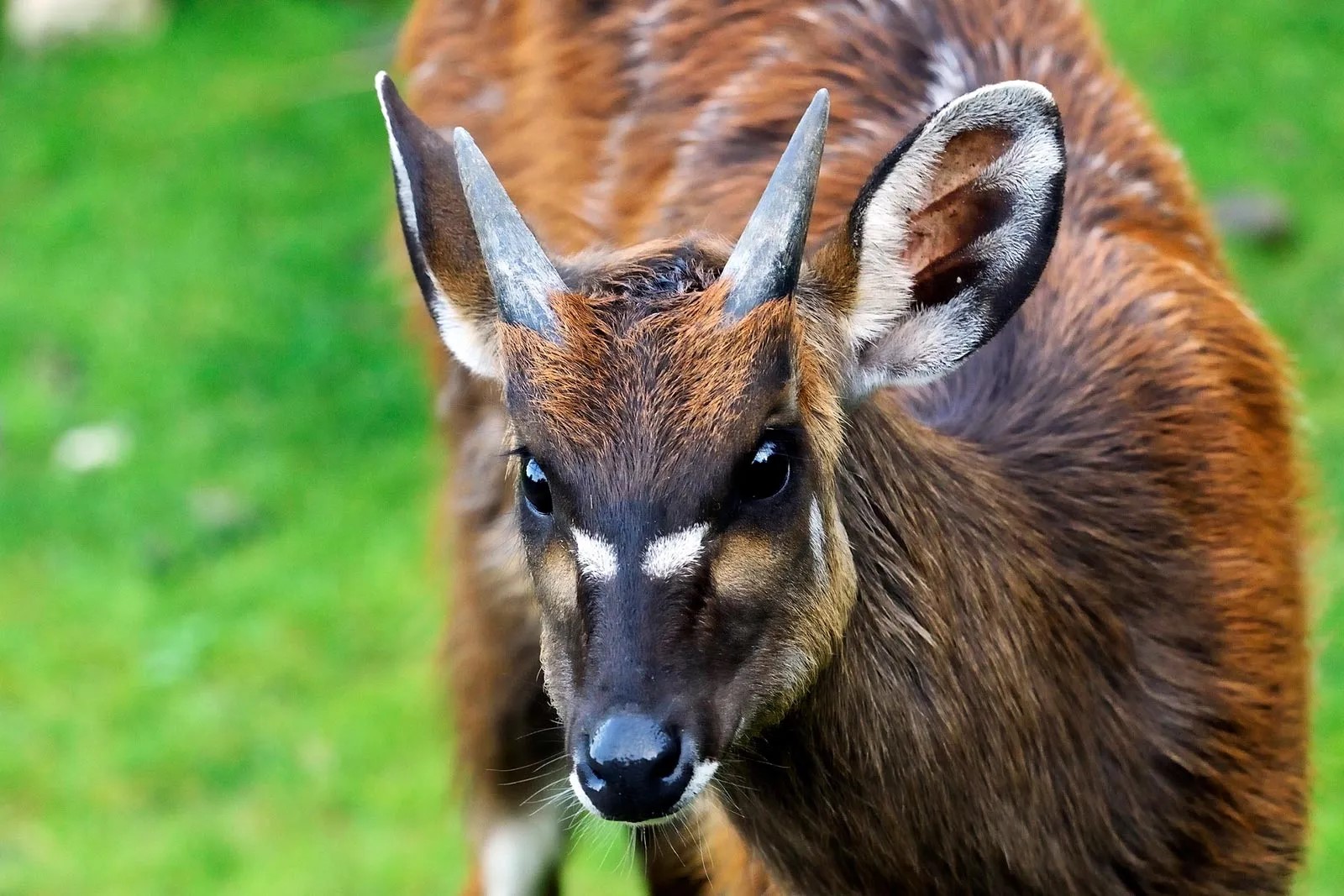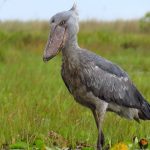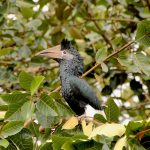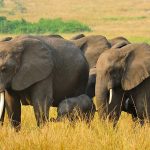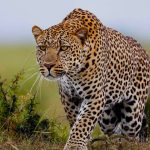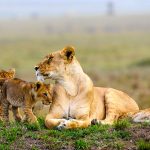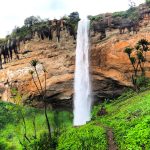Sitatungas in Uganda: Exploring the Enigmatic Marsh Dwellers of the Pearl of Africa
Sitatungas | Antelopes of Uganda. Uganda, often celebrated for its diverse landscapes and abundant wildlife, is home to a unique and elusive antelope species known as the Sitatunga (Tragelaphus spekii gratus). These elegant creatures play a vital role in the country’s wetland ecosystems, yet their secretive nature and specialized habitat preferences make them a challenge to study and appreciate fully. Let’s delve into the fascinating world of Sitatungas, exploring their characteristics, habitat, behavior, and the conservation efforts underway to safeguard their existence in Uganda.
Physical Characteristics:
The Sitatunga, also referred to as the “marshbuck,” possesses distinctive physical features that enable it to thrive in swampy environments. Male Sitatungas typically stand around 90-100 cm at the shoulder, while females are slightly smaller. Both sexes boast spiral-shaped, lyre-like horns, with those of males being longer and more pronounced. The species exhibits a reddish-brown coat, adorned with a water-resistant oily sheen, providing camouflage amidst the dense aquatic vegetation.
Habitat and Distribution:
These enigmatic antelopes are primarily found in the wetlands, swamps, and marshes of central and eastern Africa. In Uganda, Sitatungas inhabit various regions, including the Albertine Rift, Katonga Wildlife Reserve, Semliki Valley, and the papyrus swamps surrounding Lake Victoria. The ability of Sitatungas to navigate through swampy terrains is attributed to their splayed hooves, which help distribute their weight and prevent them from sinking into the soft, waterlogged ground.
Behavior and Adaptations: – Sitatungas | Antelopes of Uganda
Sitatungas are well adapted to their aquatic habitats, possessing unique physiological and behavioral traits. Their elongated, widely splayed hooves act like natural snowshoes, preventing them from sinking into the marshy substrate. Furthermore, their characteristic habit of lying down in the water, with only their nostrils and eyes exposed, provides an effective means of camouflage and protection from predators.
Despite their reclusive nature, Sitatungas are known for their strong social bonds within small family groups. They are primarily browsers, feeding on aquatic vegetation such as reeds, sedges, and water lilies. The antelopes’ dependence on wetland ecosystems highlights the importance of these habitats for their survival.
Conservation Challenges:
Sitatungas face various threats in their natural habitat, primarily driven by human activities. Wetland degradation, habitat loss due to agriculture, and infrastructure development are significant concerns. Additionally, poaching and the illegal wildlife trade pose a threat to Sitatunga populations. Conservationists and governmental bodies in Uganda are actively engaged in efforts to protect these antelopes and their habitats.
Conservation Initiatives: – Sitatungas | Antelopes of Uganda
Uganda has recognized the ecological importance of preserving wetland ecosystems and the unique species that inhabit them. Conservation initiatives involve habitat restoration, community education, and anti-poaching measures. Protected areas, such as wetland reserves and national parks, play a crucial role in providing a safe haven for Sitatungas. Collaborative efforts with local communities and international organizations are instrumental in ensuring the long-term survival of these remarkable antelopes.
Remarks: – Sitatungas | Antelopes of Uganda
The Sitatunga, with its distinctive adaptations and elusive nature, stands as a testament to the intricate interplay between wildlife and their environments; In Uganda, the conservation of Sitatungas not only safeguards a unique species but also contributes to the preservation of vital wetland ecosystems. As the nation continues to balance development with environmental stewardship, the protection of these graceful guardians remains an integral part of Uganda’s commitment to biodiversity conservation.

